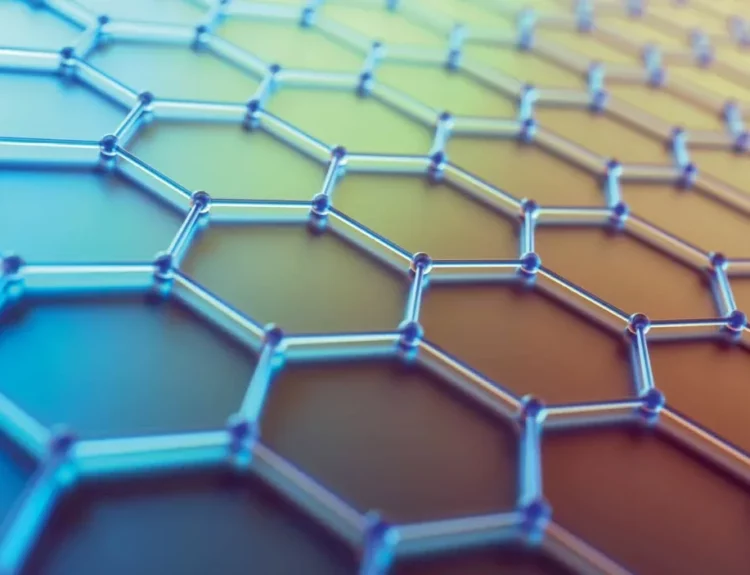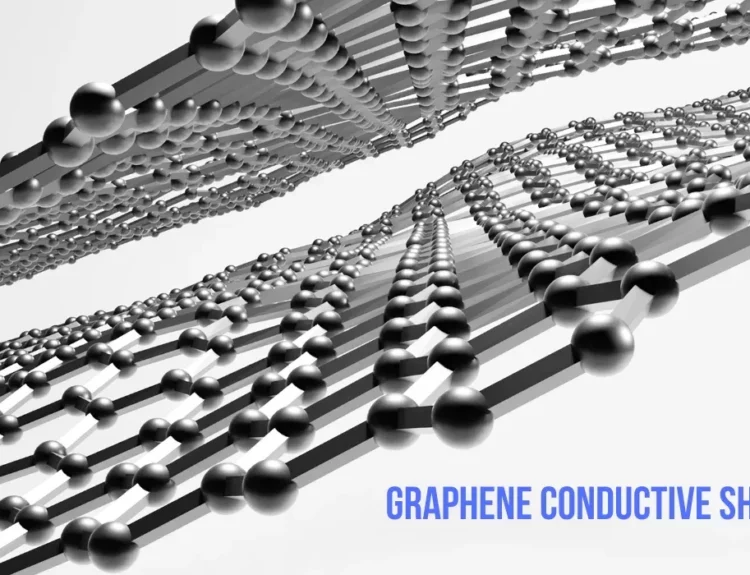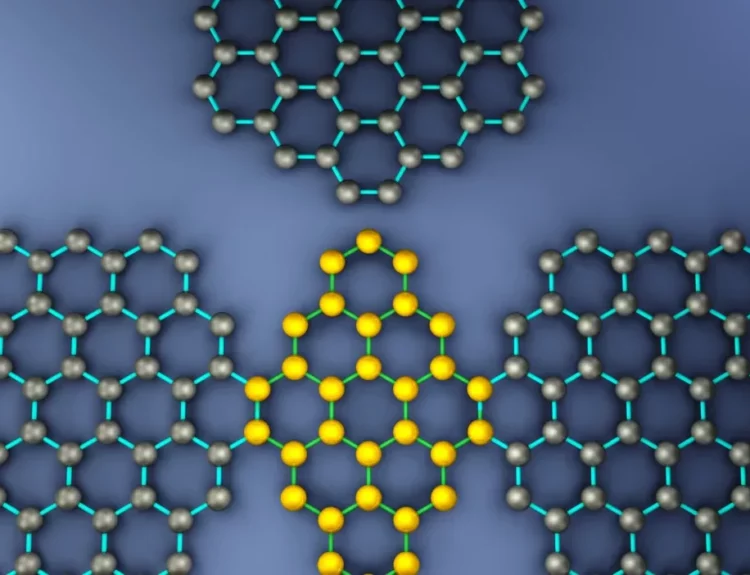The electronics industry is undergoing a quiet revolution—one where circuits are printed like newspapers instead of etched in billion-dollar fabs. At the heart of this shift is graphene ink, a nanomaterial-based conductive ink that promises to make electronics cheaper, flexible, and more sustainable. But can it replace traditional silver inks and copper circuits? This article explores the breakthroughs, challenges, and real-world potential of graphene ink in printed electronics.
Why Graphene Ink? The Key Advantages
Superior Conductivity (With a Catch)
Pure graphene ink can achieve ~10⁶ S/m conductivity, rivaling silver ink (10⁷ S/m) at a fraction of the cost.
Problem: Most commercial “graphene inks” are graphene oxide (GO) or reduced GO (rGO), with 10³–10⁴ S/m conductivity.
Solution: New laser-reduced graphene techniques (e.g., Optomec’s Aerosol Jet) now achieve >80% of pure graphene’s performance.
Flexibility Without Fatigue
Unlike brittle metal inks, graphene ink:
Can bend >100,000 cycles without cracking (tested in foldable OLEDs).
Maintains conductivity even when stretched 20% (key for wearables).
Example: Samsung’s prototype stretchable RFID tags using graphene ink.
Cost-Effective Manufacturing
Silver ink costs ~$500/kg; high-quality graphene ink is ~$100–300/kg
Roll-to-roll printing could slash production costs by 90% vs. lithography.
Transparency for Next-Gen Displays
Graphene ink films can be >90% transparent (vs. ITO’s 85%), ideal for:
Touchscreens
Solar cell electrodes
Breakthrough: Flex Enable’s OTFTs (organic thin-film transistors) printed with graphene.
Where Graphene Ink Is Making Waves
Wearable Health Sensors
The University of Texas printed graphene-based ECG sensors directly onto skin.
Advantage: No allergic reactions (unlike silver/silver chloride electrodes).
Smart Packaging & RFID
Marks & Spencer trial: Graphene-ink RFID tags tracked **10M+ food packages** with 99.9% scan accuracy.
Benefit: 1/10th the cost of traditional tags.
Printed Batteries & Supercapacitors
Skeleton Technologies uses graphene ink for ultra-fast charging supercaps (15-second charge).
Potential: EV battery sensors printed directly on cells.
Automotive Heaters
Tesla patent: Graphene ink defroster layers for windshields (heats 5x faster than wire systems).
The Roadblocks to Mass Adoption
The “Graphene vs. Graphene Oxide” Confusion
Most “graphene inks” today are GO/rGO, not pure graphene.
Conductivity gap: rGO: 10²–10³ S/m vs. pure graphene: 10⁶ S/m.
Printing Precision Challenges
Inkjet printing struggles with clogging (graphene flakes aggregate).
Emerging fix: Electrohydrodynamic (EHD) printing (nanoscale resolution).
Stability in Real Environments
Humidity oxidation: Bare graphene ink degrades in air (solutions: hexagonal boron nitride coatings).
Regulatory Hurdles
EU’s REACH: Graphene inks face lengthy toxicity testing before commercialization.
The Future: What’s Next?
Self-Healing Inks (University of Tokyo’s microcapsule-embedded graphene).
3D-Printed Electronics (MIT’s multi-material graphene circuits).
Sustainable Production (Cambridge’s coffee waste-derived graphene ink).
Conclusion
Is Graphene Ink the Future?
Short-term: It won’t replace silicon chips, but for flexible, low-cost, and disposable electronics, graphene ink is already here.
Long-term
If conductivity and stability hurdles are cleared, it could enable ubiquitous “printed” electronics—from smart bandages to solar windows.
Key Takeaways
Cheaper than silver, more flexible than copper
Dominating wearables, RFID, and printed sensors
Still limited by graphene oxide’s lower conductivity
Future hope: Pure graphene inks + self-healing tech






